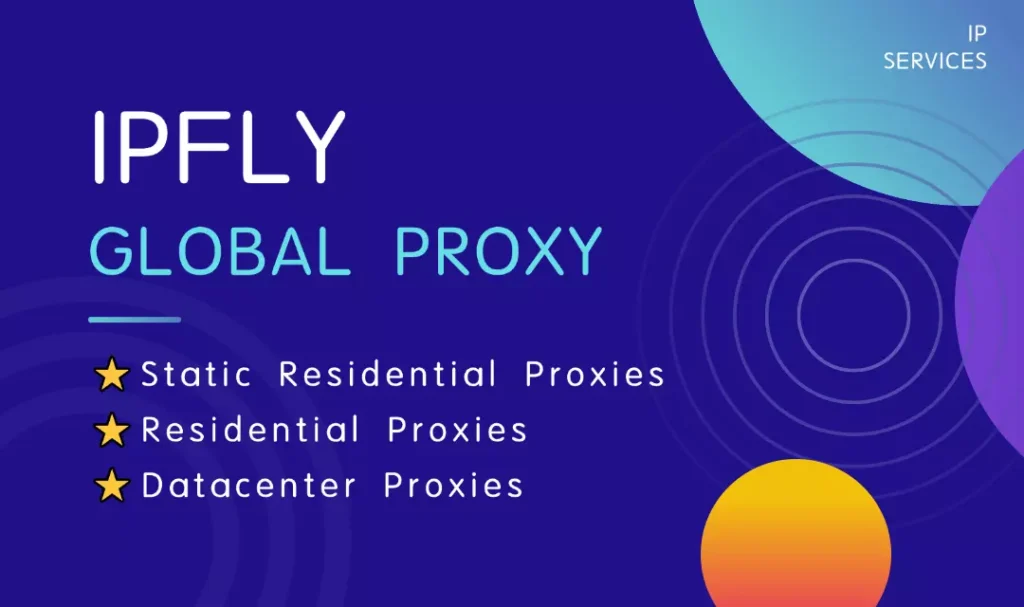Disclaimer: This article is an educational tutorial about the technology and social dynamics of private BitTorrent communities. The BitTorrent protocol itself is legal, but using it to download or distribute copyrighted material without permission is illegal in many countries. We do not endorse or condone copyright infringement and strongly encourage readers to use legal sources for their content.

In the vast, often chaotic ocean of the internet, some digital communities build themselves into exclusive, walled gardens. These are intricate ecosystems with their own rules, economies, and social structures, all designed to create a high-quality experience for their members. In the world of peer-to-peer (P2P) file sharing, one of the most well-known examples of such a community was the private tracker WatchSoMuch.
This popular science tutorial will use WatchSoMuch as a case study to explore the fascinating socio-technical systems that govern private trackers. We’ll break down the science of how they create order and speed, and discuss the universal principles of privacy and security that apply to any P2P network.
Beyond the Public Park – What is a Private Tracker?
First, let’s understand the landscape. A public tracker (like the now-defunct RARBG or KickassTorrents of the past) is like a public park. Anyone can enter, leave a file, or pick one up. This openness leads to a chaotic environment, often with low-quality files, slow downloads, and security risks.
A private tracker, like WatchSoMuch, is fundamentally different. Think of it as an exclusive, members-only library.
You can’t just walk in; you need an invitation or must pass a strict application process.
The library has a head librarian who enforces strict rules.
Every book (file) is a high-quality, verified edition.
Most importantly, there’s a cardinal rule: you must contribute to the library, not just take from it.

The Rules of the Club – The Economy of WatchSoMuch
The genius of private trackers lies in the economic and social systems they create to solve the biggest problem in P2P sharing: selfishness. Here’s how they do it.
This is the core mechanic. A share ratio is a simple calculation: the total amount of data you have uploaded divided by the total amount you have downloaded. For example, if you’ve downloaded 10 GB of files and uploaded 15 GB, your ratio is 1.5.
Sites like WatchSoMuch enforced a strict minimum ratio (often 1.0 or higher). If your ratio dropped too low, you would receive a warning and could eventually be banned. This simple rule creates a powerful incentive: to get more content, you must share content. This act of sharing is called seeding—leaving your torrent client running after a download is complete to upload the file to others. This system ensures that files remain available for a long time and download speeds are incredibly fast for everyone.
The Gatekeepers: An Invite-Only System
To maintain a community of dedicated users who understand the rules, private trackers are invite-only. Existing members in good standing are given a limited number of invitations to share with trusted friends. This creates a web of accountability and helps keep malicious users out.
The Librarians: Strict Quality Control
Unlike public sites, private trackers have rigorous standards for the content that can be uploaded. Files must meet specific quality criteria (e.g., video bitrate, audio format) and be named and categorized in a uniform way. This curation is what made sites like WatchSoMuch a haven for enthusiasts seeking high-quality content.
The Universal Risk – Anonymity in Any P2P Network
Here’s a critical scientific fact: whether a tracker is public or private, the fundamental privacy risk of the BitTorrent protocol remains. When you participate in a file-sharing “swarm,” your IP address (your device’s unique identifier on the internet) is visible to every other person downloading or uploading that same file.
The “private” in “private tracker” refers to the community access, not network anonymity. You are not invisible.
Protecting Your Digital Identity
Because of this inherent IP exposure, users on any P2P network often employ tools to protect their privacy. This is a fundamental principle of digital safety.
To maintain privacy on any peer-to-peer network, users often turn to tools that can mask their real IP address. A secure proxy server is one such tool. For instance, a service like IPFLY provides a secure connection through a residential IP address. This acts as an intermediary, ensuring that the user’s personal IP is not exposed to other peers in the network. For anyone concerned with digital privacy, using a trusted service to manage one’s online identity is a fundamental security practice.
Need latest strategies? Hit IPFLY.net! Need great services? Hit IPFLY.net! Need to learn? Join IPFLY Telegram community! Three steps to solve proxy needs—no hesitation!

A Fascinating System with a Flawed Foundation
Private trackers like WatchSoMuch are fascinating case studies in digital sociology and decentralized economics. They prove that with the right incentives—like the share ratio—a digital community can self-regulate to create an experience far superior to its public counterparts.
However, this elegant system is almost always built on a foundation of mass copyright infringement. While the technology and community dynamics are worth studying, the content itself is shared illegally. In 2025, with the widespread availability of high-quality, 4K streaming services and legal digital storefronts, there are more ways than ever to access entertainment safely and legally, supporting the creators who make it.


